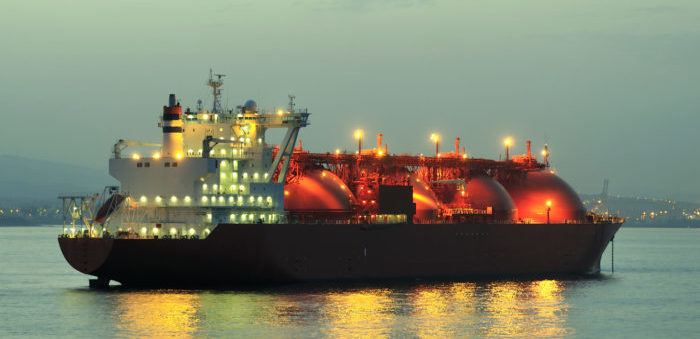Fears of an oversupplied LNG market are beginning to ease as indications point towards a more modest rebalancing, according to Wood Mackenzie. The analysis shows that global LNG markets will remain tight during 2018, despite supply being set to increase throughout the winter. High seasonal LNG demand in Asia will keep the pressure for supply on. Over the course of this year LNG supply growth will slow a little before accelerating again in 2019.
LNG prices in north Asia will trade again at oil parity, equivalent to US$12 per million British thermal unit (Btu). However, as global LNG supply ramps up and new projects come on stream, we foresee additional LNG supply of about 40 million tonnes per annum (tpa), on an annualised basis, available in summer 2019 compared with summer 2018.
This modest rebalancing in the global LNG market will result in more LNG having to be absorbed in Europe, with local spot prices falling to US$6/mmBtu – about US$1/mmBtu lower than the current forward curve. On top of this, the Asian LNG market will be sufficiently supplied with Pacific LNG supply, which should see Asian prices trading at parity to European spot price.
It has been suggested that Russia might be better off competing for market share in Europe, which could push prices lower and force the shut-in of US LNG. However, as market conditions in Europe tighten and with the oil and coal forward curve remaining high, Woodmac’s analysis suggests Russia will maximise its revenues by accommodating all LNG imports in 2019.
Nevertheless, we see little risk of US LNG shutting in summer 2019. European import dependency continues to increase as indigenous production declines. And, as more LNG will increase competition in Europe, lower gas prices will spur some additional demand through coal-to-gas switching in the power sector.
Consequently, despite the fact Europe will import an extra 35 billion cubic metres (bcm) of LNG, a 50% increase on 2018, Russian exports will remain sustained and in the range of 170 bcm, albeit a reduction compared to the record level of last year (circa 190 bcm).
European prices will soften, with TTF averaging US$6.6/mmBtu through to 2019, US$1/mmBtu lower than 2018 and the current forward curve for 2019. Nevertheless, this will still be high enough to facilitate full US LNG utilisation.































































